The Catalyst engine features an industry-best 16:1 overall pressure ratio enabling the engine to achieve as much as 18 percent lower fuel burn and 10 percent higher cruise power compared to competitors in the same size class.
The Catalyst engine - aimed at the 1200-1400 SHP range - is the first modern turboprop ever built with 3D-printed parts, writing a pioneering chapter for the aviation industry. Avio Aero and GE’s engineers incorporated customer feedback into the engine’s design and development, for engineering design flexibility and a more pleasant, quiet, and sustainable journey for pilots and passengers.
Catalyst engine is the culmination of our commitment to extensive research and development, and advanced engineering with state-of-the-art technology and additive manufacturing componentry, ultimately delivering the best power-to-weight ratio in its engine class. This capability also allows for increased range, added payload, and a larger, quieter cabin.
The result is a simplified cockpit with a single-lever power control, fewer instruments to monitor and more precise engine controls. For pilots and their passengers this means a quieter and more enjoyable flight experience.
A more fuel efficient, digitally-controlled engine opens a world of opportunities. The Catalyst engine benefits from GE’s engineering expertise and from the largest European research and development programs devoted to decarbonization. Additive technology has been used in combination with advanced alloys to allow more geometrical freedom in the design. The result is reduced fuel burn and weight, and in contrast, increased durability and efficiency.
Reliability is the benchmark of proven technology. This engine’s integrated digital features and GE’s analytics act as a technology liaison for maintenance prediction, prevention, and planning. The result is a greater availability and a lower cost of ownership for the life of the engine.
Yes, we retrofit legacy systems (e.g., GE Frame 5, Siemens V94.2) with modern digital controllers, typically completing hardware integration within 4-8 weeks. Software migration requires additional validation time.
We recommend annual performance testing under ISO 3977-2 standards. Critical applications (e.g., offshore platforms) may require semi-annual tests with emissions compliance checks.
All rad-hard devices (e.g., FPGA, ADC) are QML Class V certified under MIL-PRF-38535 and tested to MIL-STD-883 Method 1019 for SEU tolerance. Full qualification reports are available upon request.
Our ASICs and power management ICs operate across -55°C to +175°C ambient temperatures, with derating curves provided in military temperature range (MTR) datasheets.
Our PMA parts (e.g., actuators, sensors) hold FAA/EASA Form 1 certification and match OEM form/fit/function. Installation requires SB/MB documentation per FAA AC 23.1529.
All NAS/MS fasteners include full DNA traceability: melt source (AMS 2301), heat/lot numbers, and AS9100-compliant MTRs with ultrasonic test reports.
AOG orders ship within 4 hours for stocked items (FAA-PMA, EASA Part 21G). Non-stock critical parts trigger priority manufacturing with 72-hour max turnaround.
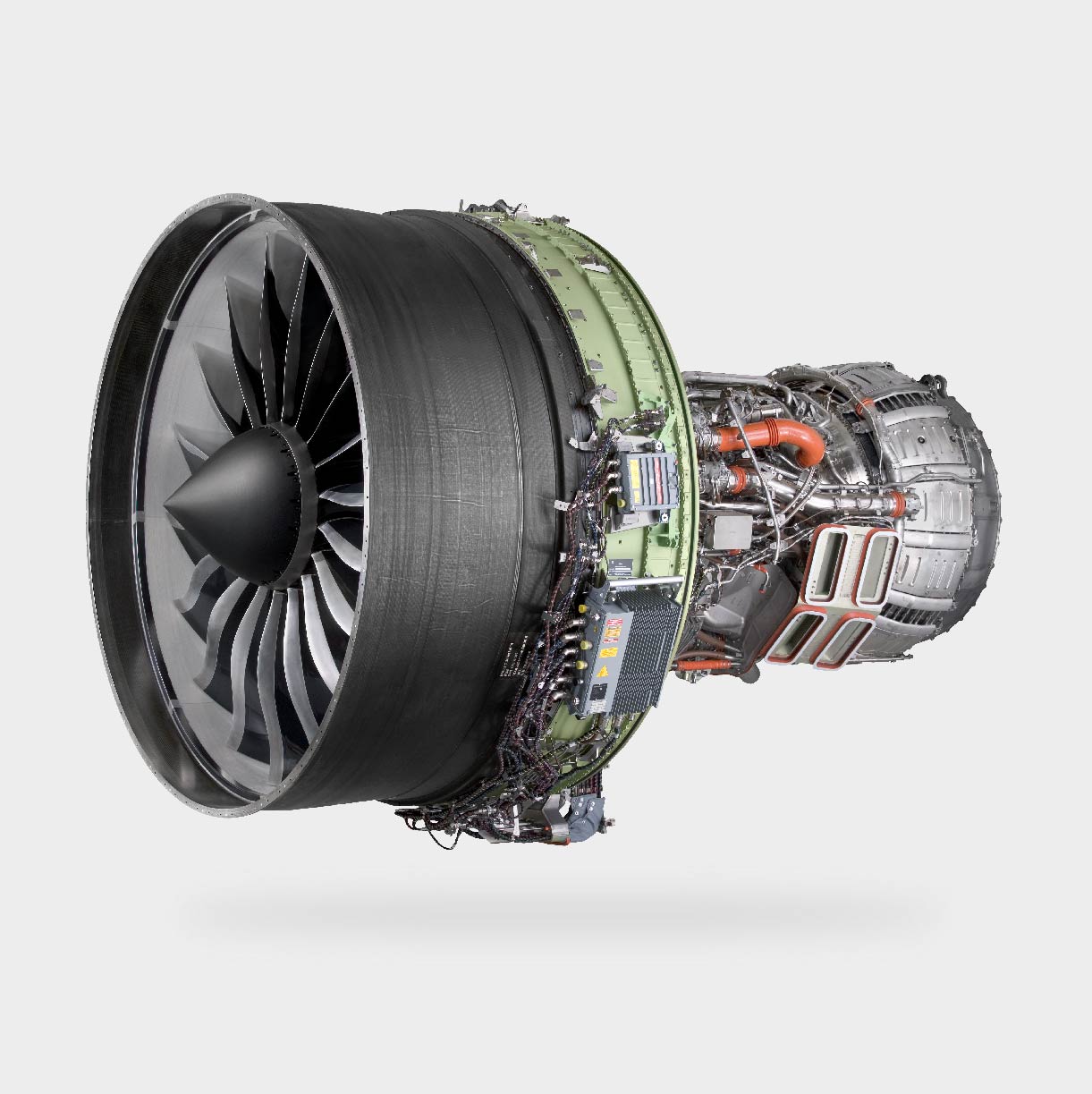
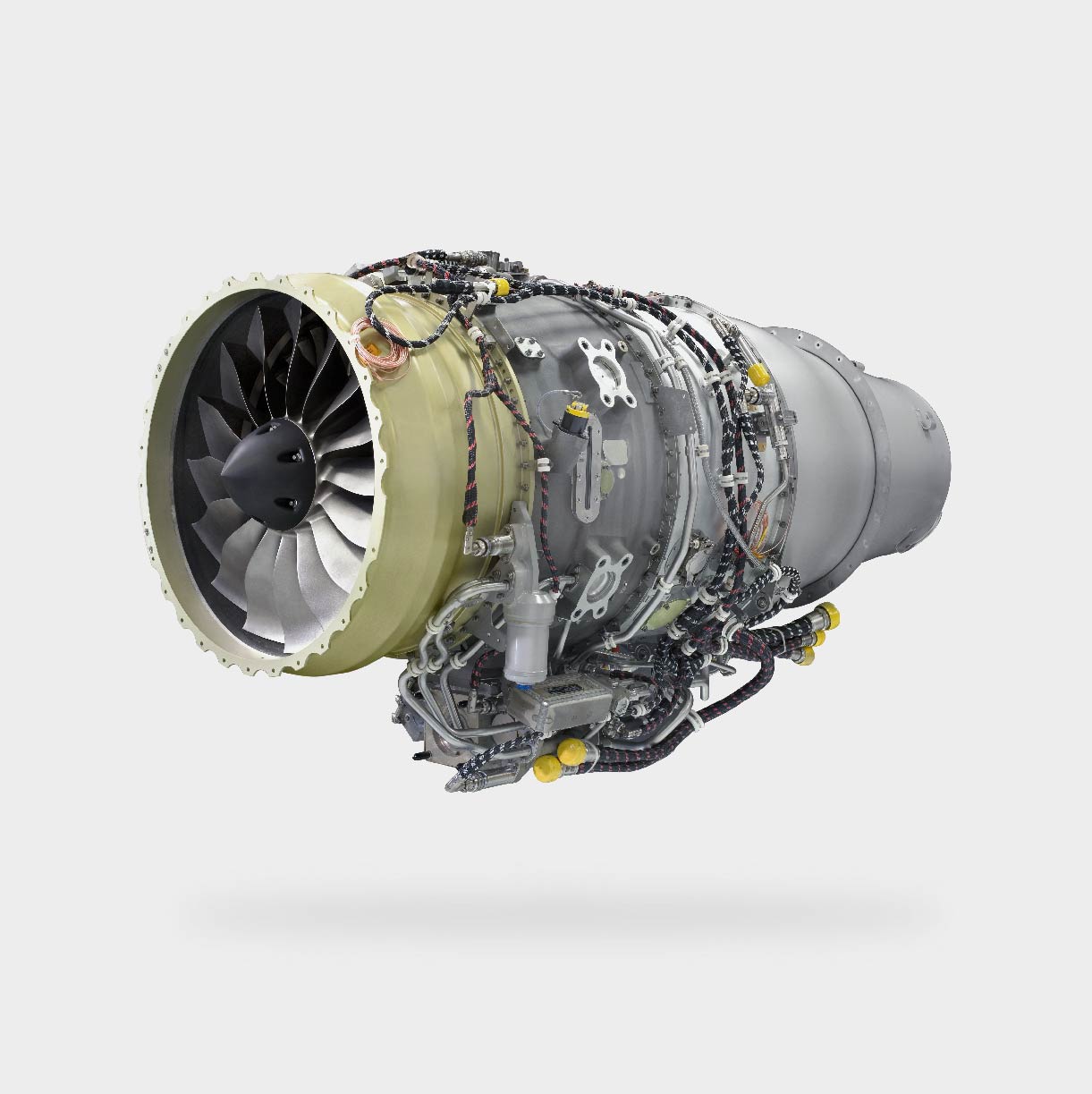
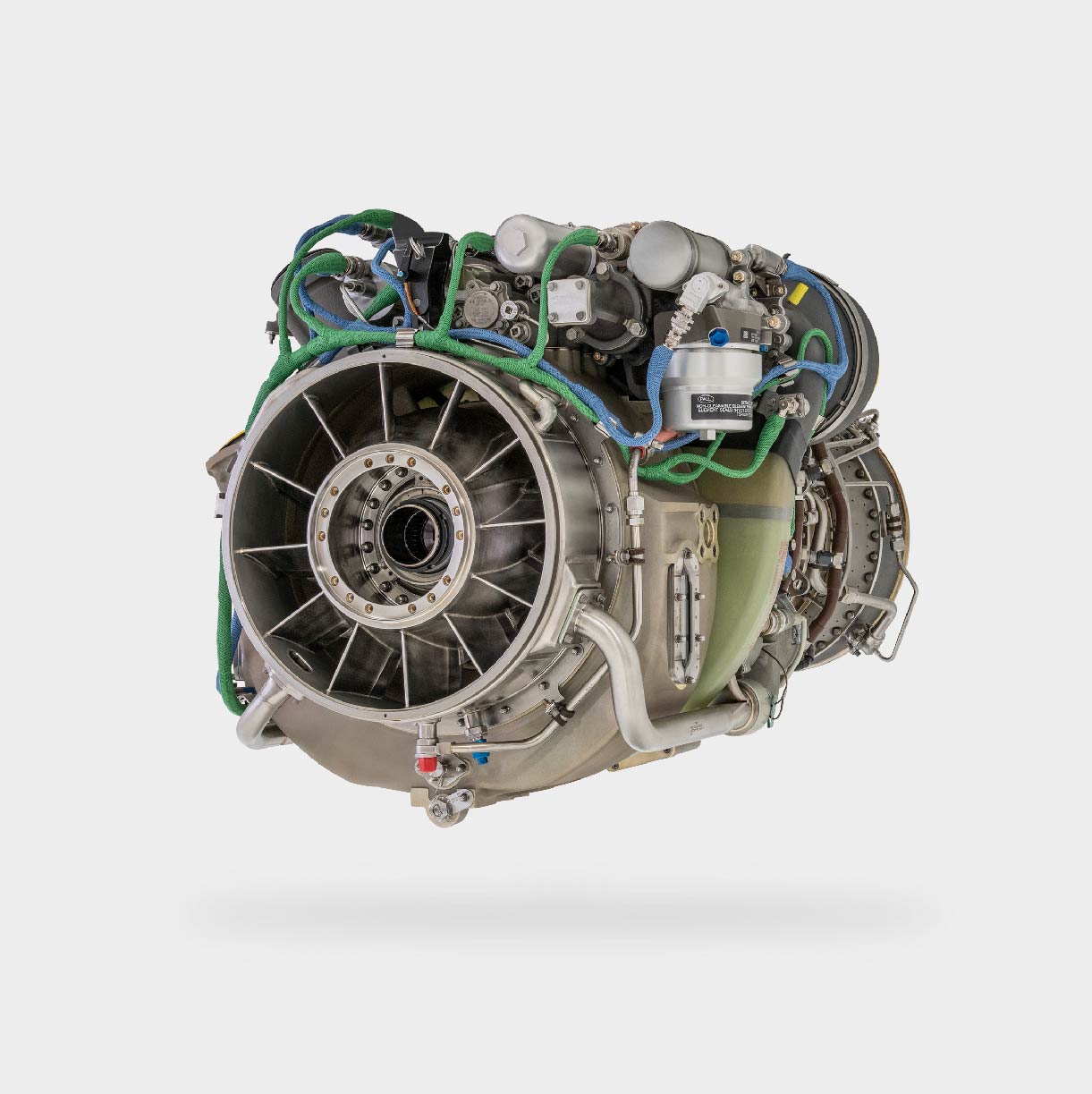
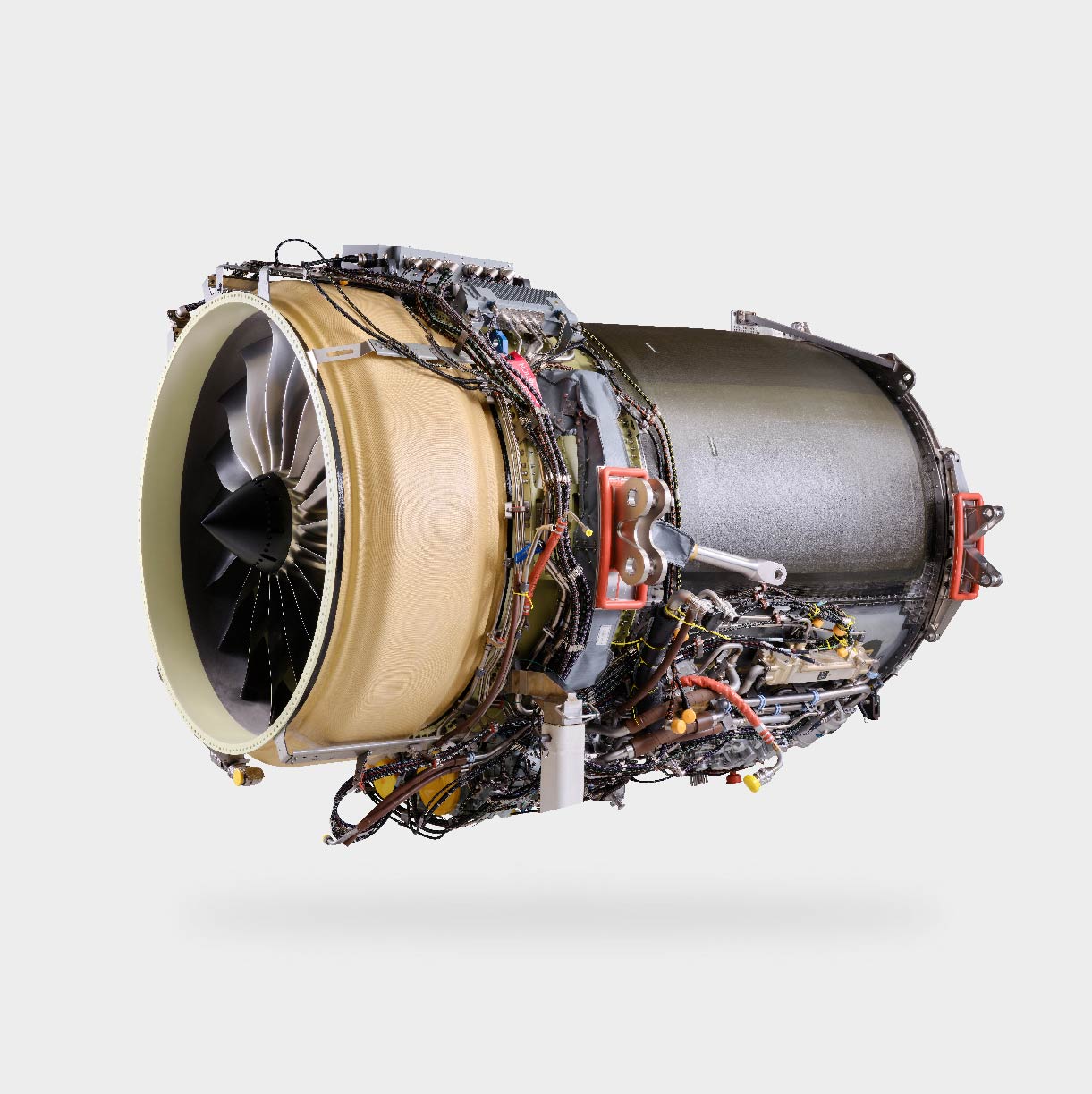
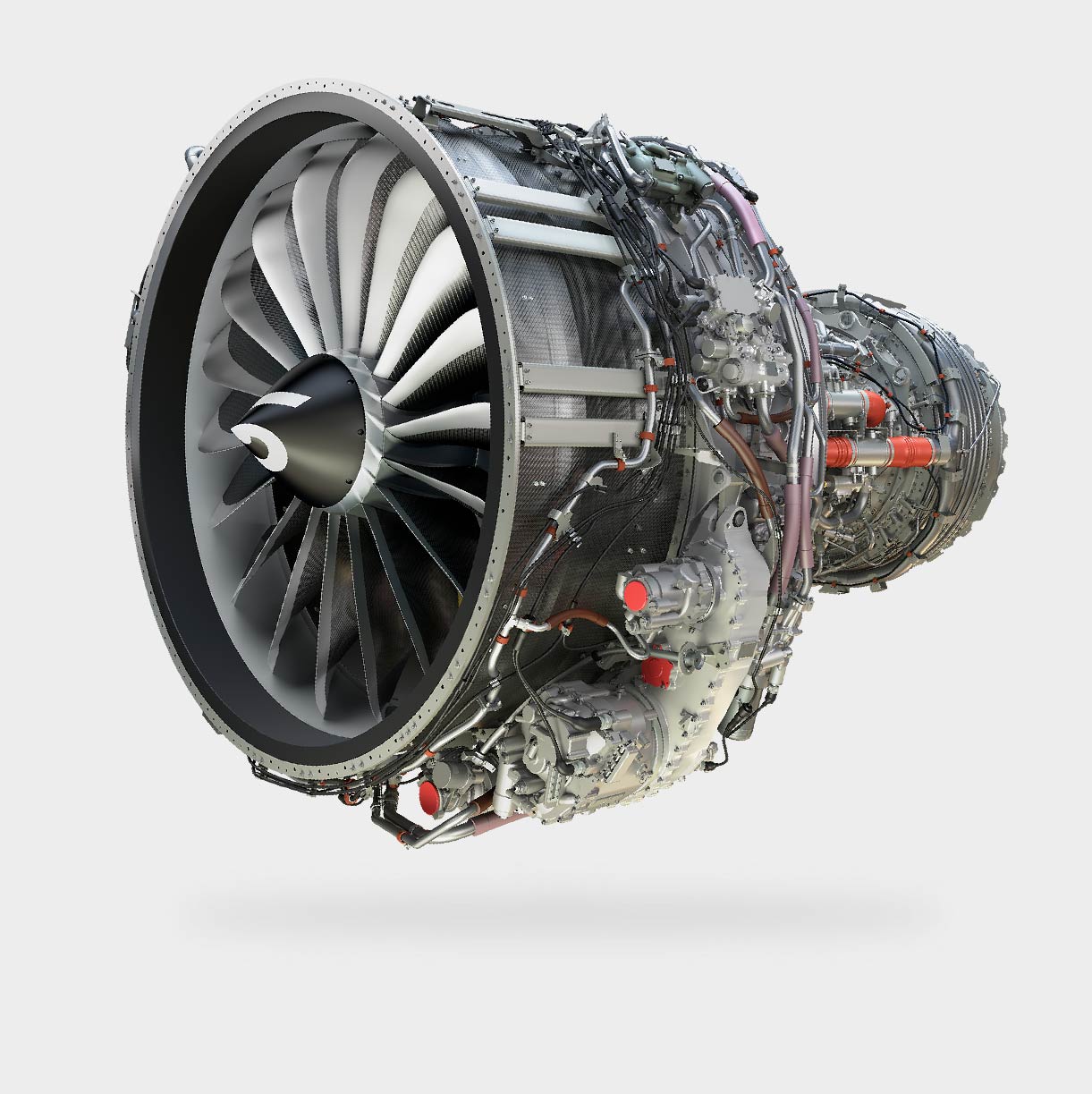
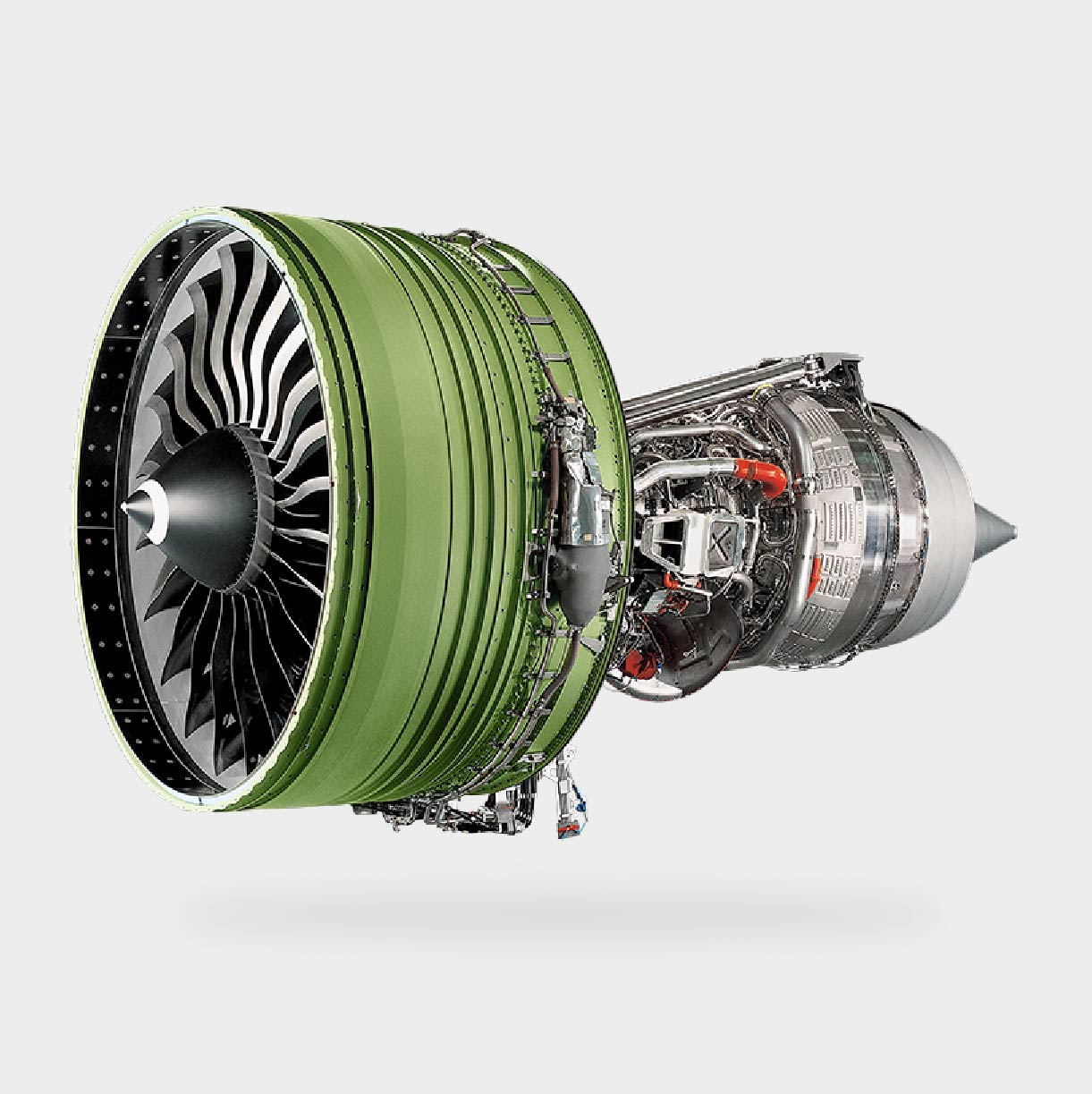
 Gas Turbine
Gas Turbine
 Aircraft parts
Aircraft parts